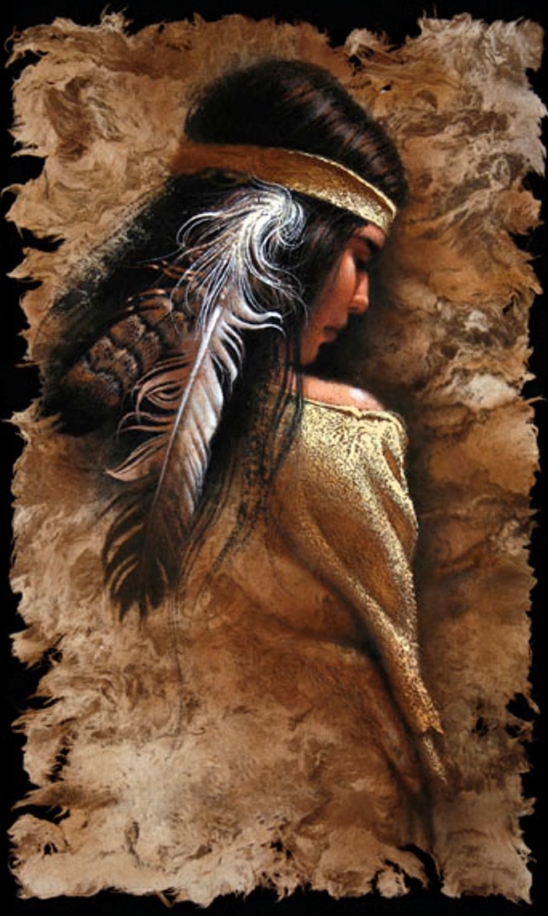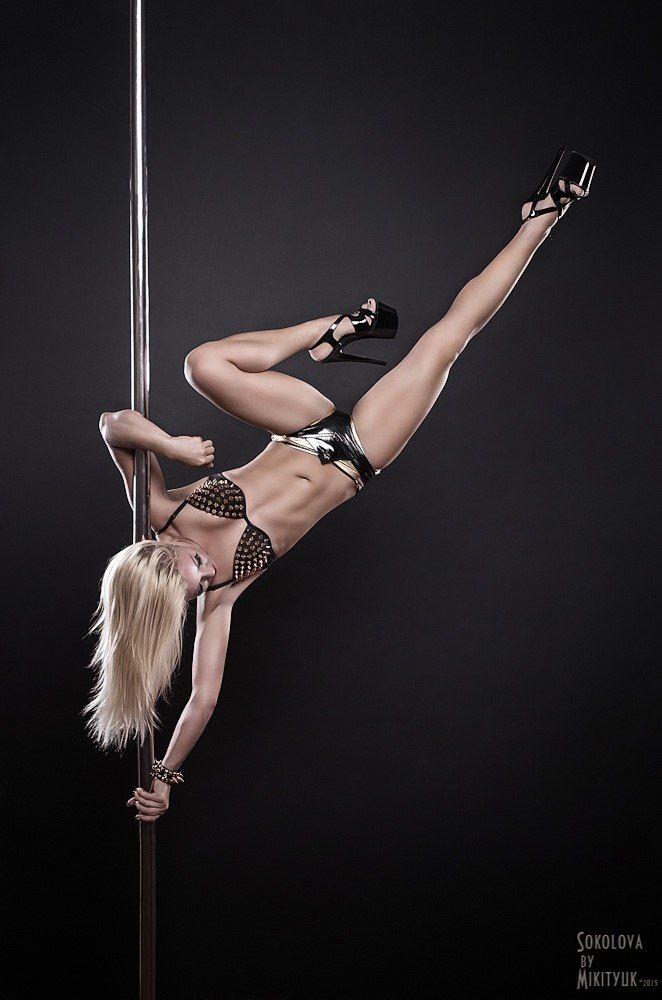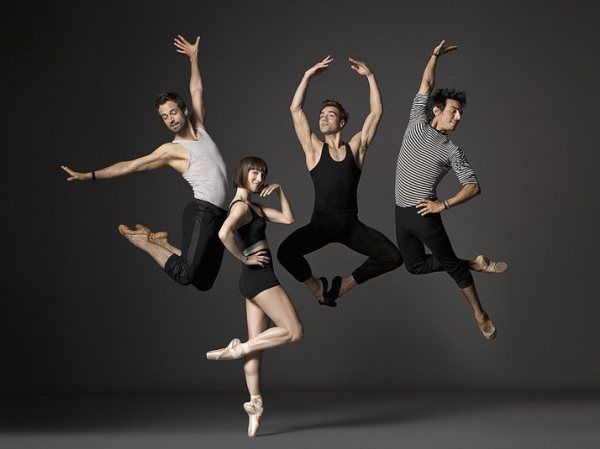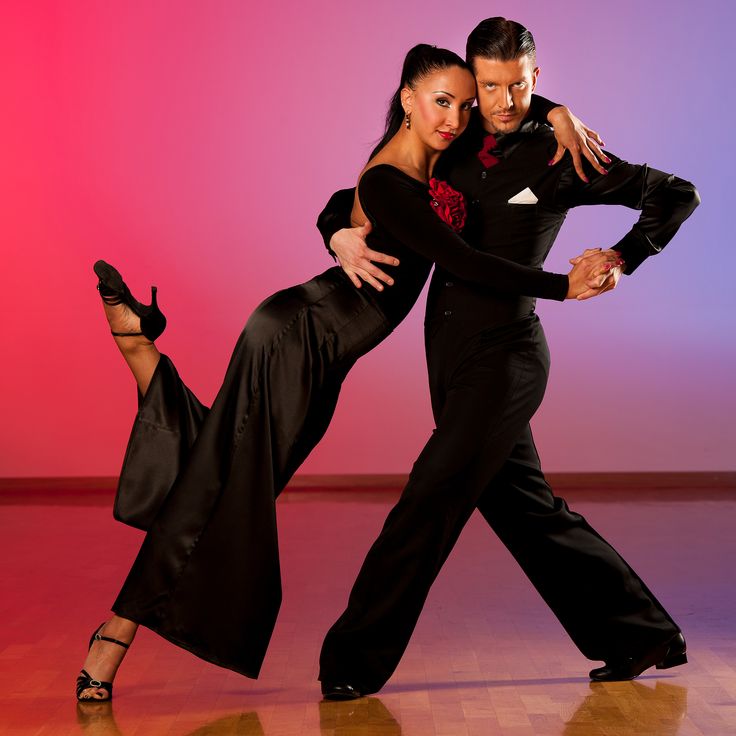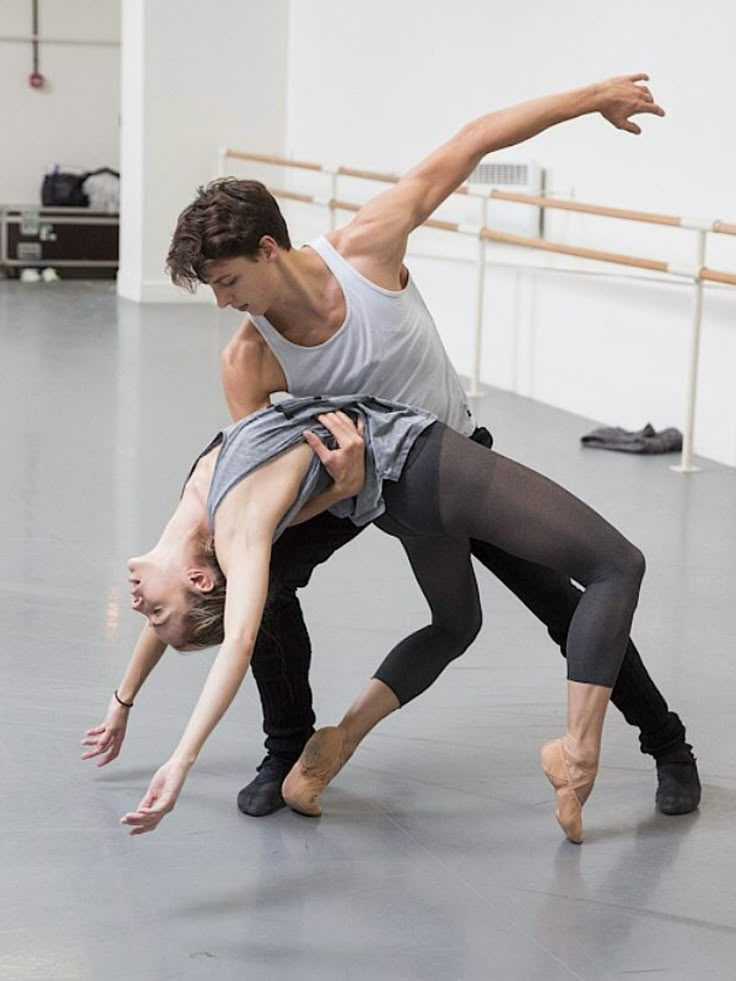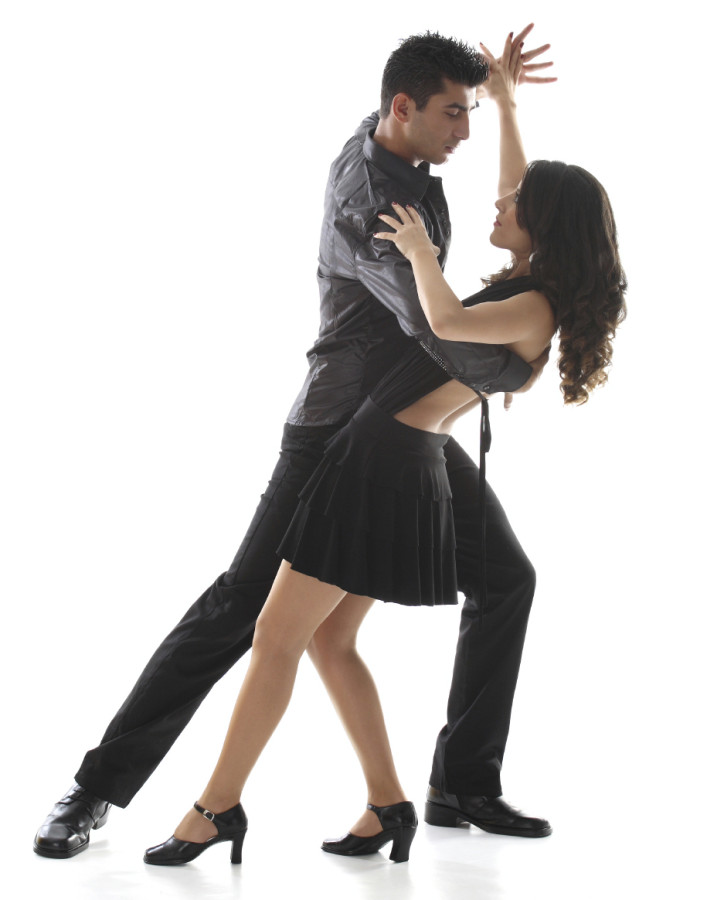How to bogle dance
Dance or die: fighting for the legacy of Bogle, the “Godfather of dancehall”
It’s a warm Sunday afternoon in downtown Kingston and in the yard beside Lonsdale “Boysie” Guy’s house, a group of local women have set up a makeshift sound system for the neighbourhood. They lean on the subwoofer, chatting and teasing each other in quick-fire patois, as one aunty pours generous measures of white rum and cranberry into plastic cups. Aidonia’s braggadocious dancehall hit “Big Baller” thumps through the speaker, making the ground shake beneath our feet.
Wearing a white vest, slim-cut navy track pants and socks with pool sliders, Boysie (pictured above) pulls up a plastic chair and watches them while he waits to start his dance class. He is the last surviving member of the Black Roses crew, a legendary dance collective founded by Gerald “Bogle” Levy, the so-called “Godfather” of dancehall, who was shot dead at a gas station in January 2005. Bogle’s brutal murder shocked Jamaicans and dancehall fans across the world. Despite the national outcry, it remains unsolved.
Boysie still lives just a few blocks away from the spot on Lincoln Avenue where he used to rehearse with Bogle. Now fans (myself included) travel from around the world to learn from Boysie. He tilts his head toward the sun, takes a drag on his spliff and breathes out a dense, O-shaped cloud of weed that lingers in the air.
Today I’m joining a class with an all-female dancehall crew from Barcelona, called Bundem Squad. As he teaches, Boysie repeats the words of his mentor: “Groove and flow. Just relax. Make it groovy.” He demonstrates the move “Sesame Street” again and again until the women and I have got it, dipping right with his arm held out at a 90-degree angle, rippling his right shoulder, then repeating the movement on the other side. “The thing about it, why it so hard, is because it look simple!” says Boysie.
After class Boysie sits in the open boot of his white Honda hatchback and painstakingly details each of the 16 moves Bogle created during his short lifetime. The students, sitting cross-legged on the pavement, take notes. “I was looking up to this guy, dancing 24-hours a day,” he says, “seeing what he was bringing forth was a unique flow, that stand out as our culture.” As the light fades Boysie begins to cry, even though he must have told this story hundreds of times. “Sometimes I have sleepless nights because I know he wants me there with him,” he says. “That’s why it’s my job to make his legacy live on the right and proper way.”
For now, Boysie has to make do with a memorial painting of Bogle at Black Roses Corner. It shows Bogle in true fashion – baggy jeans, gold chains and hoop earrings, his eyes bright and alert, his body bent low. It’s as if he’s about to burst into motion, twisting to the ground with his fingers twinkling in front of him. Boysie goes there every so often to teach classes in the road beside it or to freshen up the paint.
Boysie goes there every so often to teach classes in the road beside it or to freshen up the paint.
In the 15 years since his death, Bogle has been deified by the dancehall scene. The genre was born out of Kingston’s sound system culture in the late 1970s. It boasts faster, sparser beats than the reggae and ska music that preceded it and remains inextricably tied to the act of dancing - many songs pay tribute to specific moves. And the 16 moves Bogle created, considered by many as the “roots of dancehall”, have survived the decades, performed on stage and in music videos by global popstars like Rihanna and Sean Paul. Watch a video of Bogle dancing and you will see how effortless he made it look. His signature Bogle move, in which he flung his arms loosely in the air while shifting his pelvis in a semi-circular motion, is still the most popular dance in Jamaica. You see kids performing it in the streets.
What's my name? Rihanna has performed Bogle’s movesBogle has also become a figurehead for those pushing for dancehall to gain greater cultural legitimacy.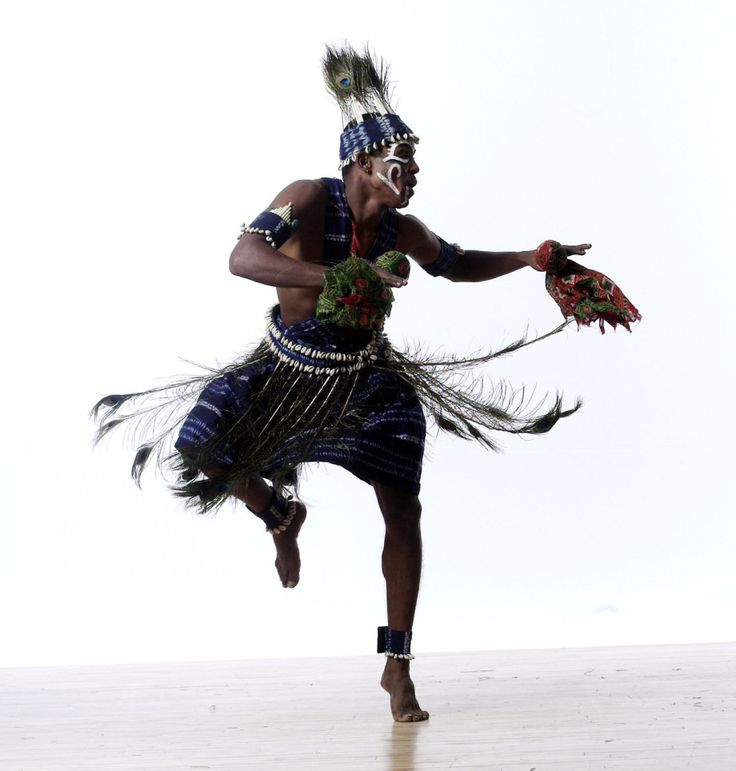 Like Bob Marley with reggae, he is a hero through which the tradition can be shared, honoured and elevated. Yet though Marley is a global icon and his genre of music has been designated part of Jamaica’s “intangible cultural heritage” by UNESCO, neither Bogle nor dancehall has enjoyed the same recognition.
Like Bob Marley with reggae, he is a hero through which the tradition can be shared, honoured and elevated. Yet though Marley is a global icon and his genre of music has been designated part of Jamaica’s “intangible cultural heritage” by UNESCO, neither Bogle nor dancehall has enjoyed the same recognition.
Reggae, with its lyrical themes of faith, love and social consciousness, has long enjoyed the support of middle and upper-class Jamaicans, but the essence of dancehall has been harder to see. Its lyrics are often coarsely sexual and reflect the violence of the streets where the genre was born. Stylistically, its fans cleave closely to the blingy excesses of American hip-hop and its energetic, provocative dance moves outrage the polite sections of society. Police shut down dancehall street parties on an almost nightly basis in Kingston. In January 2020, the 15th anniversary of Bogle’s death, there will be no memorial party for the fallen dancer, which Boysie blames on the authorities.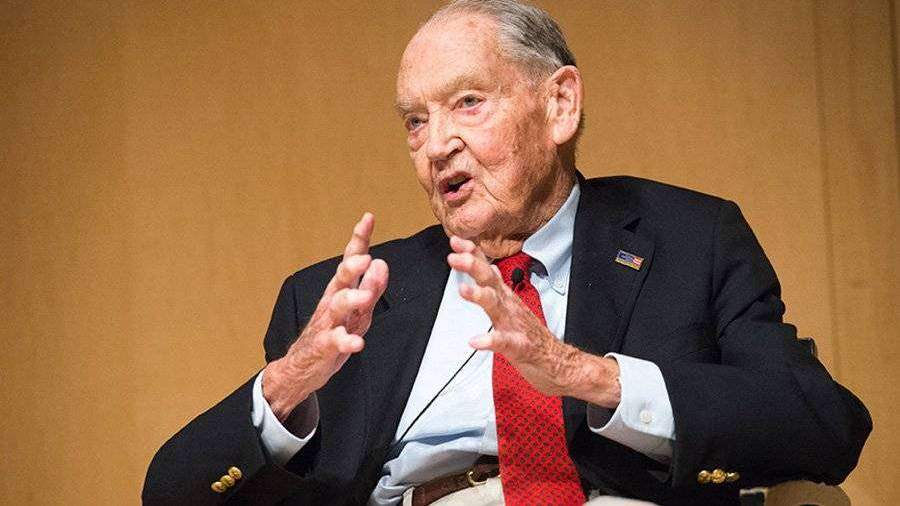 As the popular dancer, John Bling, put it to me: “Dancehall is like an unruly child, the ‘bad brother’ of reggae, and the government is scared of it, because they can’t contain it.”
As the popular dancer, John Bling, put it to me: “Dancehall is like an unruly child, the ‘bad brother’ of reggae, and the government is scared of it, because they can’t contain it.”
But the dancehall scene, which centres around DIY street parties and sound systems, is more than just a creative outlet – it is a means of survival. In a country where 20% of young people are unemployed, dancehall has come to provide major – though not always strictly legal – employment. Donna Hope, a professor of culture, gender and society at the University of the West Indies describes the “informal economy” of street parties, in which the poorest people have created jobs for themselves as DJs and producers, promoters, street food vendors, photographers, and marijuana sellers. Dancehall is also boosting tourism to Kingston’s most deprived neighbourhoods; the owners of hostels popular with dancers have told me they host thousands of visitors each year.
Dancing queen Spice is among the dancehall stars who have voiced anger over curfews placed on street partiesNow dancehall’s creators are attempting to win the genre the national respect they feel it deserves.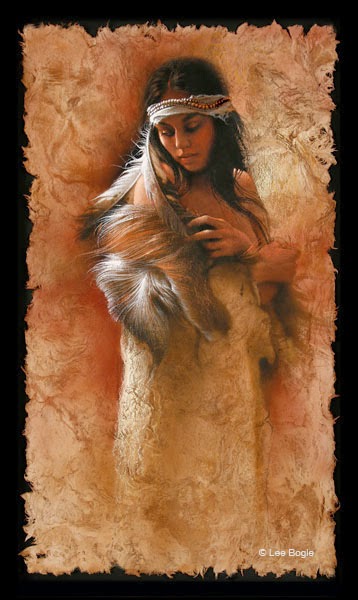 They are trying to document and contextualise the dances that instigated and sustained the genre. Professor Hope is building the first archive of dancehall. This will consist of videos, articles, photos, costumes and ephemera. Others, like Boysie, are preserving dancehall’s history through teaching Bogle’s moves and, this year, starting work on a museum in the dancer’s old home.
They are trying to document and contextualise the dances that instigated and sustained the genre. Professor Hope is building the first archive of dancehall. This will consist of videos, articles, photos, costumes and ephemera. Others, like Boysie, are preserving dancehall’s history through teaching Bogle’s moves and, this year, starting work on a museum in the dancer’s old home.
Driving through Trench Town with Boysie one night, he slows down when we reach Lower First Street so I can see what’s outside: a mural of Bob Marley’s face painted against a green, yellow and red striped Rastafarian flag. Trench Town Culture Yard, the simple public housing project where Marley first lived, is now a tourist destination and a protected National Heritage site, in one of the city’s toughest neighbourhoods.
“The home Bogle used to live in, it's owned by people, but we definitely want to make it look like a culture yard also, you get me?” says Boysie, referring to the museum he plans to develop and fill with the belongings of Bogle that he’s kept over the decades – the old party clothes – and the music he loved.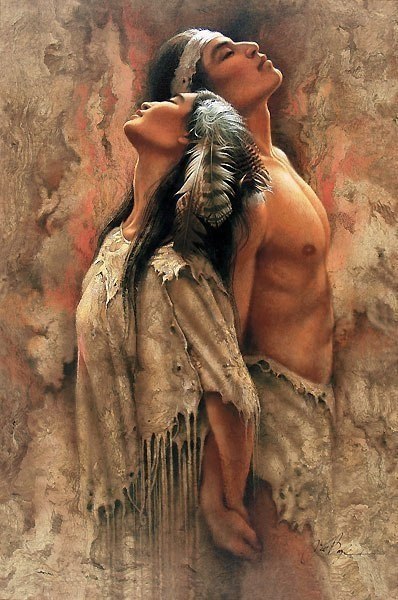 “I want to do so much for him,” he says. “But I'm the only one trying to do everything.”
“I want to do so much for him,” he says. “But I'm the only one trying to do everything.”
Bogle was born in 1964, two years after Jamaica declared independence. He named himself after one of Jamaica’s national heroes, Paul Bogle, a former slave who led the Morant Bay rebellion against British colonial oppression in 1865. Growing up in Trench Town – initially living in a semi-permanent wooden house with his mother, but not his father – Bogle dreamed of being a lawyer but did not have enough access to education. He briefly worked as a police officer, but soon became notable for his dancing, appearing on light entertainment shows in the late 1970s and 1980s. The violence he witnessed around him inspired Bogle to support others growing up in Trench Town. He formed his dance crew in 1990 and called it Black Roses, because, he says, he saw each member as a flower ready to bloom out of squalor.
Black Roses Bogle (left) and Boysie
Boysie joined Black Roses in 1995, only after proving to Bogle that he had perfected “World Dance,” Bogle’s move that combines a flat-footed shuffle from left to right with smoothly rippling shoulders. It took six months. “Every day I go to him with the move and he keeps sending me back home,” says Boysie. “On the last day, he said, ‘Go home, get dressed, we're going party.’ That is when I recognised that I'm going to be a dancer, because I get the opportunity from the king himself.” In the years since, that expertise has given Boysie the opportunity to travel and teach. His Instagram videos often show him on stages before hundreds of students, in Russia, Mexico and across Europe. “Dance put food on my table, and provide for my kids,” he says. When he first met Bogle at a football practice, he was aged just 13. He never imagined that dance would become his life.
It took six months. “Every day I go to him with the move and he keeps sending me back home,” says Boysie. “On the last day, he said, ‘Go home, get dressed, we're going party.’ That is when I recognised that I'm going to be a dancer, because I get the opportunity from the king himself.” In the years since, that expertise has given Boysie the opportunity to travel and teach. His Instagram videos often show him on stages before hundreds of students, in Russia, Mexico and across Europe. “Dance put food on my table, and provide for my kids,” he says. When he first met Bogle at a football practice, he was aged just 13. He never imagined that dance would become his life.
Bogle returned to Kingston, but barely three years later, aged 40, the dancer was killed in a drive-by shooting after leaving a party.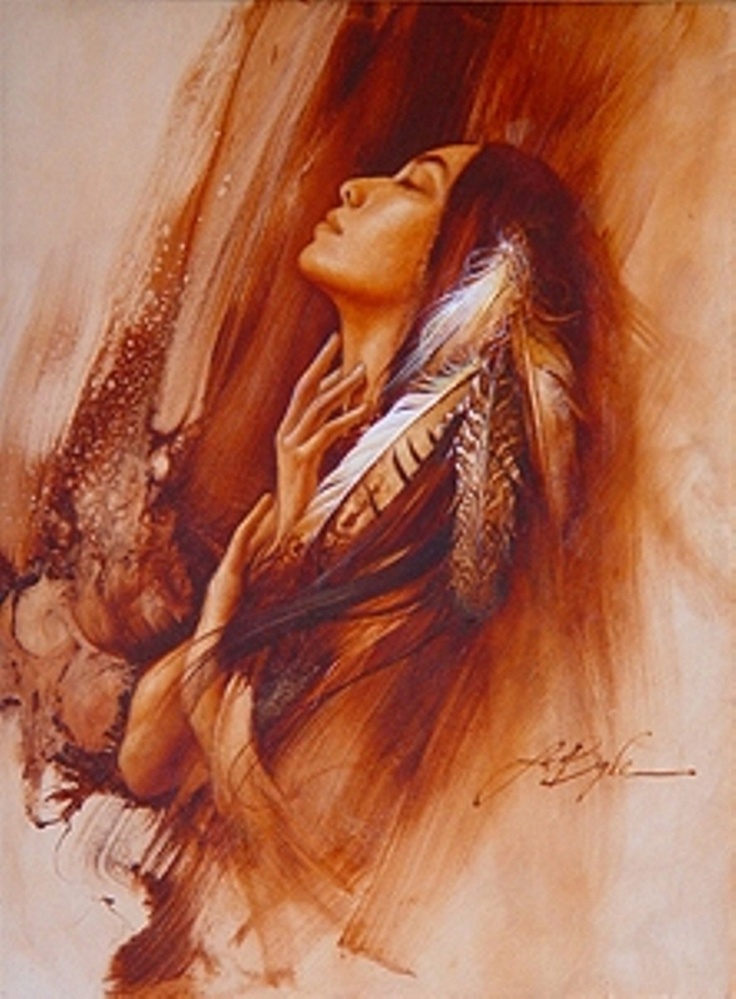 Boysie still remembers the aftermath clearly: the TV news reports that showed shocked, tearful fans crowded outside the party venues where they might once have danced with their idol. Hours later, the house belonging to John Hype, Bogle’s dance rival, was burned down in an apparent revenge attack for the killing, which Hype has always strongly denied being involved in. Beenie Man appeared on TV to offer a J$1m bounty to catch the killer. At Bogle’s funeral, huge crowds of fellow dancers and celebrities blocked off the roads leading to Dovecot Memorial Park in Spanish Town. Each August, on Bogle’s birthday, Boysie returns there and posts photos from the graveside to his Instagram followers. But Bogle and the Black Roses were unable to escape the violence of Kingston, a city with deep political divisions. After fellow crew member, William “Willie Haggart” Moore was killed in a drive-by shooting in 2001, Bogle fled to America in a year of self-imposed exile. There, he helped disseminate dancehall from Jamaica’s inner cities to a global stage.
Boysie still remembers the aftermath clearly: the TV news reports that showed shocked, tearful fans crowded outside the party venues where they might once have danced with their idol. Hours later, the house belonging to John Hype, Bogle’s dance rival, was burned down in an apparent revenge attack for the killing, which Hype has always strongly denied being involved in. Beenie Man appeared on TV to offer a J$1m bounty to catch the killer. At Bogle’s funeral, huge crowds of fellow dancers and celebrities blocked off the roads leading to Dovecot Memorial Park in Spanish Town. Each August, on Bogle’s birthday, Boysie returns there and posts photos from the graveside to his Instagram followers. But Bogle and the Black Roses were unable to escape the violence of Kingston, a city with deep political divisions. After fellow crew member, William “Willie Haggart” Moore was killed in a drive-by shooting in 2001, Bogle fled to America in a year of self-imposed exile. There, he helped disseminate dancehall from Jamaica’s inner cities to a global stage.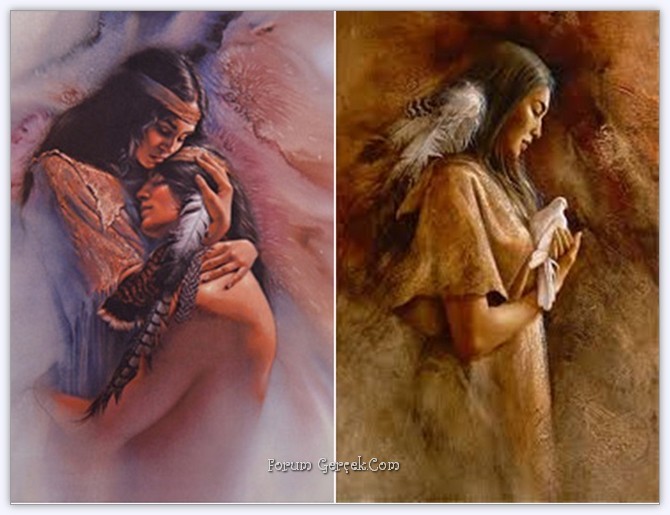 Bogle was the first dancehall dancer to tour internationally, performing at venues across America as well as appearing in hip-hop videos like Foxy Brown’s “Tables Will Turn”.
Bogle was the first dancehall dancer to tour internationally, performing at venues across America as well as appearing in hip-hop videos like Foxy Brown’s “Tables Will Turn”.
Bogle’s legend has become a useful marketing tool for the dancehall community, which in recent years has ramped up efforts to make money through tourism and teaching abroad. “There are narratives that are foregrounded to preserve [the dancehall industry] and give it a sort of legitimacy and the Bogle narrative is one of them,” says Professor Hope, who has written several books on the subject. “I find that some of the dancers go to great lengths to prove…” She trails off, considering how she might figure Bogle into her dancehall archiving project. The mythology around him is so vivid, that it could be easy to overstate his influence. “When it is his birthday, the internet crashes,” she jokes. “Everybody in the dancehall industry has to put a picture up.” Certainly, every dancer I speak to seems duty-bound to pay their respects, describing Bogle as “an idol” or even “a prophet. ” The hype that continues around the dancer is fitting; Bogle was a master of self-promotion. Kingston’s dancers still speak about him today as “Dancing God,” “Dance King,” and “Dancing Father”. Unlike any other dancehall star before him, Bogle named each of the moves he created, which helped to ensure he got moral – if not financial – credit for their continued use. He built a brand around himself by coining catchphrases, like “dance or die”, and claiming that ideas for moves came to him in moments of divine intervention (Boysie says that he even saw Bogle dance in his sleep).
” The hype that continues around the dancer is fitting; Bogle was a master of self-promotion. Kingston’s dancers still speak about him today as “Dancing God,” “Dance King,” and “Dancing Father”. Unlike any other dancehall star before him, Bogle named each of the moves he created, which helped to ensure he got moral – if not financial – credit for their continued use. He built a brand around himself by coining catchphrases, like “dance or die”, and claiming that ideas for moves came to him in moments of divine intervention (Boysie says that he even saw Bogle dance in his sleep).
It’s 4am and I’m at an open-air shopping plaza that doubles as a nightclub, at a memorial for Bogle. This morning, young dancers from Russia, Japan, Finland and South America join a party that spans countries and generations. Clutching tiny bottles of Magnum – a Jamaican brand of syrupy tonic wine that sponsors dancehall events – the newcomers sway along from the sidelines, shadow dancing behind the crews of local men whose energy swells this space.
Old-school dancers in their fifties bounce left to right, flipping their Matrix-style coats behind them while youngsters whip stacks of gold chains around their necks in time to the music. Everyone makes stylistic nods to Bogle. For hours the selector plays songs that were created for Bogle and named after his dance moves, like Beenie Man’s “Row like a Boat” and Buju Banton’s “Bogle”. Everybody steps in time as the DJ shouts the stage names of the dancers in the crowd, “Colo Colo...Crazy Hype...Ova Marz...” They push toward the light of a camerawoman, who will capture these moments for posterity.
Then Boysie parts the crowd and, in his red velvet loafers, runs up two flights of stairs to a platform raised seven feet above us. The selector pulls up the track so we hear the chorus again – “Mr Wacky is gone, but his dancing lives on” – and Boysie is dancing in a frenzy, as if the music had become flesh. He rocks and dips, bouncing on his toes and swaying his forearms left to right in Bogle’s “Wacky Dip”.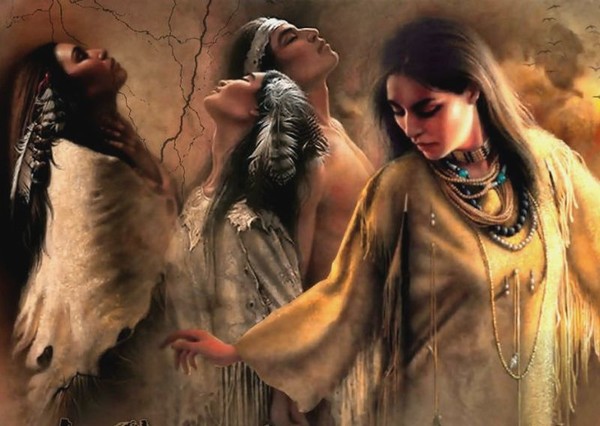 Hundreds of us in the crowd are joining in.
Hundreds of us in the crowd are joining in.
Around him, a crew of young male dancers sets alight bright red flares, which smoke and sizzle in the stifling early morning air. They illuminate Boysie and cast towering shadows of his body as he moves. And then Boysie spins his back to the crowd so we can see the hand-painted portrait on his black blazer. Bogle’s face gazes down upon us, encircled by stars and the words: “Mr Wacky, the legendary Bogle. R.I.P.”
Bogle Man with the moves
Bogle (Photo: Jamaica Observer)
The Jamaica Observer's Entertainment Desk continues with the 51st of its biweekly feature looking at seminal moments that have helped shape Jamaica over the past 60 years.
Dancing is synonymous with hip music. The big band sound had Gene Kelly and the Nicholas Brothers, disco's hero was John Travolta while hip hop moved to Shabba-Doo.
In Jamaica, Gerald "Bogle" Levy was the king of dancehall.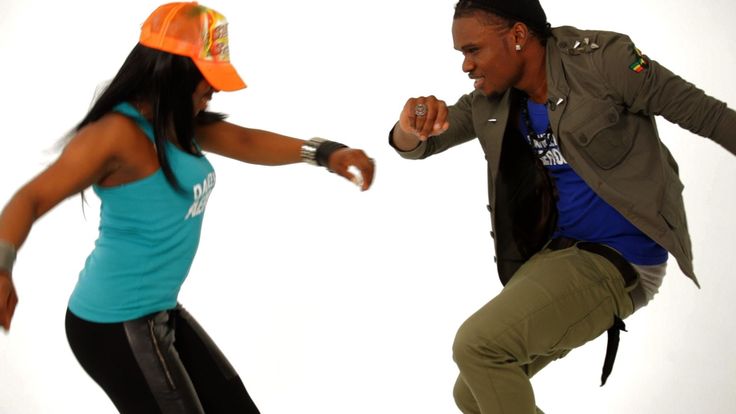
He was not the first dancer to make an impact on Jamaican pop culture. There was the 'legs man' of the 1950s and 1960s but none were as innovative as Bogle whose rise coincided with the mainstream acceptance of dancehall music in the 1990s.
Slick choreography and ghetto fabulous fashions made him a bona fide star. The biggest artistes in dancehall wanted him in their music videos, including Beenie Man (World Dance) and Barrington Levy (Every Posse Must Work). He was immortalised in Buju Banton's Bogle.
Bogle was a member of the Black Roses Crew, a flamboyant bunch out of Trench Town led by William "Willie Haggart" Moore. Their gothic style and hard partying lifestyle made them one of the 1990's marquee attractions.
In one of his last interviews, with the Str8 From Yard show, Bogle addressed the significance of dancing to underground music going mainstream.
"Most people, where dancing thing is concerned right now, nuff people can dance, yes, but a nuh everybody a dancer, my yute.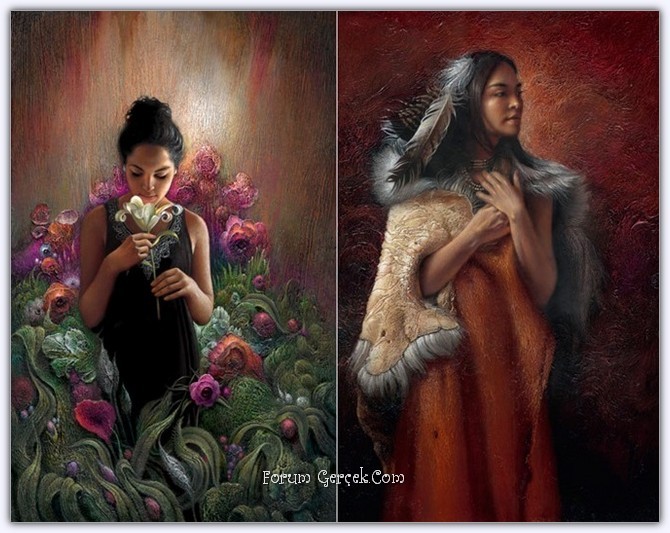 Yuh cyaan deejay an' expect it fi cross over, yuh haffi deejay an' dance to cross over. In America, dem don't sing unless dem dance. A years wi a teach dem dat a Jamaica an' is like dem jus' realise dat, an' all up to now dem still don't put it together because dem a call di dancer dem name an dem still naah use di dancer dem," he stated.
Yuh cyaan deejay an' expect it fi cross over, yuh haffi deejay an' dance to cross over. In America, dem don't sing unless dem dance. A years wi a teach dem dat a Jamaica an' is like dem jus' realise dat, an' all up to now dem still don't put it together because dem a call di dancer dem name an dem still naah use di dancer dem," he stated.
On January 19, 2005, Bogle was murdered at a gas station in Kingston shortly after leaving the popular Weddy Weddy dance. He was 40 years old.
The Jamaican entertainment scene had lost a singular talent. For over 10 years, Bogle ran the dancehall scene with a number of signature moves including The Bogle, Willie Bounce, Jerry Springer and Urkle.
He set the pace for younger inner-city dancers including John Hype, Ice, Shelly Belly, and Ding Dong. His influence was not restricted to Jamaica, as Bogle was in demand for shows in North America, Europe and Japan.
In September 2013, the Dancehall Saturdaze event in Helsinki, Finland, hosted a "Tribute to Father Bogle, the greatest dancer in dancehall".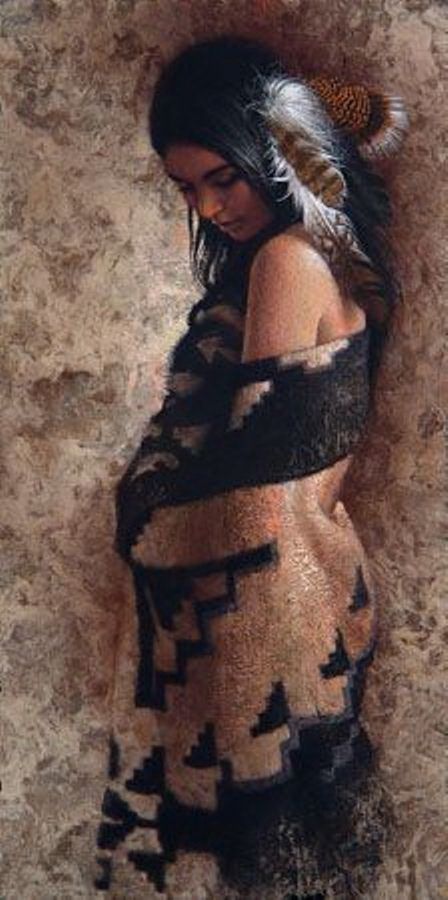 In the video for her 2009 hit song Rude Boy, Rihanna performed The Bogle.
In the video for her 2009 hit song Rude Boy, Rihanna performed The Bogle.
In the year before his death, Bogle branched out as a recording artiste. He had hit songs with Weh di Time (alongside Delly Ranks and Voicemail) and All dem Deh.
His funeral service drew hundreds of admirers to Black Roses Corner (off Rousseau Road in Kingston) with a procession of flashy vehicles and mourners decked out in risque costumes. It was a send-off fit for a king. King Bogle.
Bogle (Photo: Observer file)
Dancehall ⋆ Moscow Dance Center MDC NRG
Dancehall is a rapidly growing type of dance. He came to us from a small island in the Caribbean: from Jamaica. It would seem: it seems that it is not the largest country in the world, and not the most developed or popular, but still gave birth to a whole huge music and dance culture, which is now known all over the world.
Beginning
This whole story began in the 60s.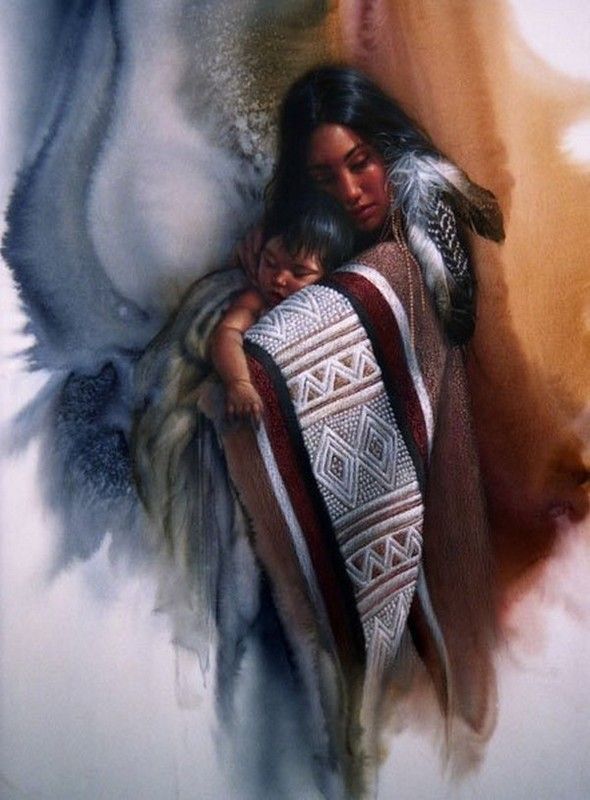 With the advent of a new musical direction, dancehall. To sum it up very strongly, it is a mix of hip-hop and reggae, which was popular in those years. This musical style gained particular popularity in 90x. Then the world-famous dancehall appeared - parties at which the whole of Kingston is now gathering.
With the advent of a new musical direction, dancehall. To sum it up very strongly, it is a mix of hip-hop and reggae, which was popular in those years. This musical style gained particular popularity in 90x. Then the world-famous dancehall appeared - parties at which the whole of Kingston is now gathering.
What do people do at music parties? Of course they dance! Gradually, movements began to appear, the so-called steps, which everyone knew and danced. One day Bogle, a famous local dancer, collected them all and gave them names. And this very moment is considered to be the beginning of the dancehall as we know it now.
Almost twenty years later, dancehall, as a musical style and as a dance style, has developed to incredible proportions, a large-scale dance base has formed. If earlier there were no more than fifty steps, now their number is already in the thousands, and dance teams not only from Jamaica, but already from all over the world, come up with more and more every day.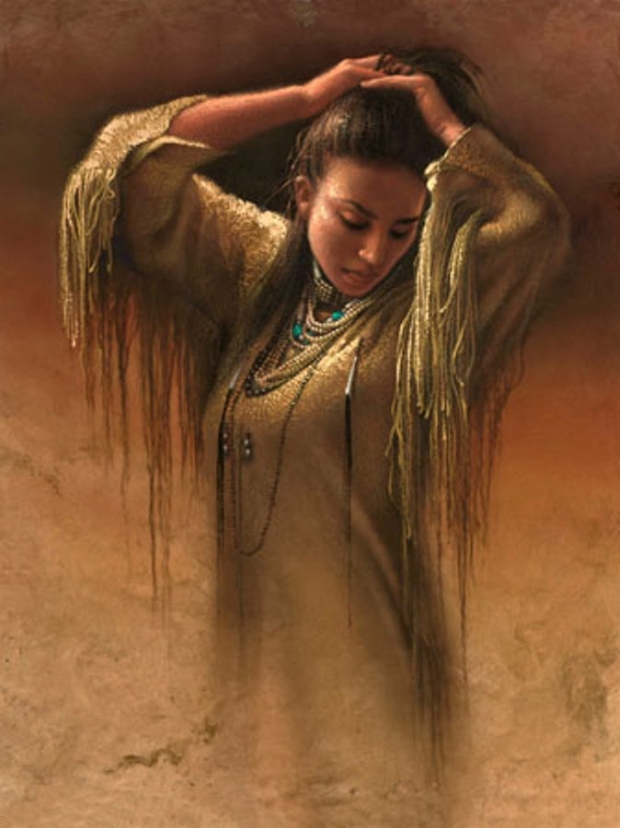 But do not be afraid ahead of time: to dance a dancehall, it is not necessary to learn them all, it is enough to know at least some.
But do not be afraid ahead of time: to dance a dancehall, it is not necessary to learn them all, it is enough to know at least some.
Styles in style
Now, within this basic dance style, many directions have appeared with their own characteristic features.
For example badman. The word itself speaks of what the dance is about. Jamaica is an unsafe country, armed clashes between residents of different districts and street gangs are constantly taking place there. And badman is just a representative of such a group. This sub-style is characterized by a special aggressive attitude (attitude), harsh music, and the dance uses steps depicting weapons or an attack (dancehall is a very plot dance, and in many steps it is typical to display objects or actions).
Or seductive and sexy female dancehall. He dances, most often, to lyrical music. As the name suggests, girls. It is characterized by smoothness, softness.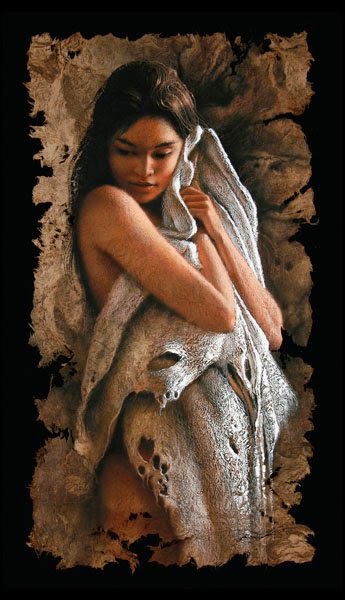 The main movements are waves and vines (wine), that is, rotations of the hips. It also has taps, but traditionally only girls can perform them, for men, women's dancehall is a taboo.
The main movements are waves and vines (wine), that is, rotations of the hips. It also has taps, but traditionally only girls can perform them, for men, women's dancehall is a taboo.
In contrast to the previous sub-style, there is Dancehall queen style. This is perhaps the most spectacular dancehall direction, which is also danced only by girls. Here, in addition to the steps, there is also acrobatics, headstands, splits and everything in the same spirit, and the music is more aggressive, with a hard beat.
These are just a few of the main popular trends, but there are many more within the style. Everyone can find in it what is close to him. You can be gentle, you can be dangerous, sexy or aggressive, lyrical or dynamic. Dancehall allows each dancer to be himself and find something close to you.
Now this culture is gaining momentum. Almost every weekend there are dancehall events (battles, parties). There will be a place for freestyle dance lovers, choreographers, and those who just love to dance.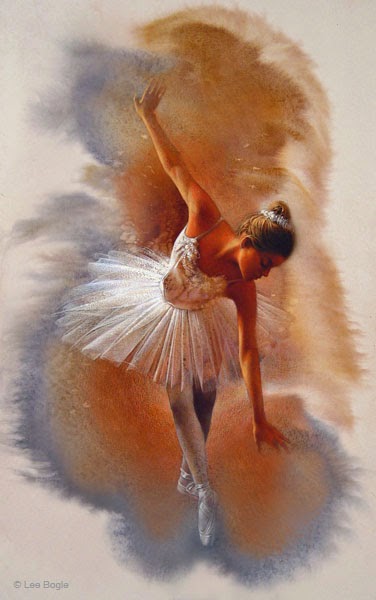 Dancehall is a style that is literally invented on the street by people for people. Therefore, it is fun and it is close to everyone.
Dancehall is a style that is literally invented on the street by people for people. Therefore, it is fun and it is close to everyone.
Dance School MDC NRG
Banking - the best books
What do we know about people who make financial history? Nothing but stereotypes. Are they making money out of nothing? In a way, yes. Some of them started the path to wealth with a few tens of dollars. Perhaps it was not without luck. But few people know that the first and most important investments quants made in their time were in education and self-development. People at the top of the financial pyramid are not magicians. These are mathematicians and physicists, chess players and brilliant players - whether in poker, in blackjack. And the game on Wall Street, in which they bet billions, is based on incomprehensible mathematical models and the most complex computer programs.
This book is a masterpiece of journalism, not just a search for the cause of the financial tragedy of 2007, but a gripping story of ambition and pride, and a warning about the future of Wall Street.
Who is this book for
For everyone who is already connected or wants to connect their future with the economy, funds and investments.
For the inquisitive - those who do not really understand the mechanisms of Wall Street, but understand that it would be wrong to pass by such a layer of financial culture.
For connoisseurs of a good style - this is an excellent journalistic work, an exciting business novel, not inferior in intensity to the detective genre.
Chip book
Finally, we will find out who and how arranged the financial crisis of 2007.
From the author
Players
Peter Muller is the eccentric manager of Process Driven Trading, a privately held hedge fund at Morgan Stanley. A talented mathematician who likes to play keyboards for passengers on the New York subway from time to time. In 2007, he returned to the office after a long "sabbatical" and began hatching ambitious plans for expanding operations and astronomical profit growth.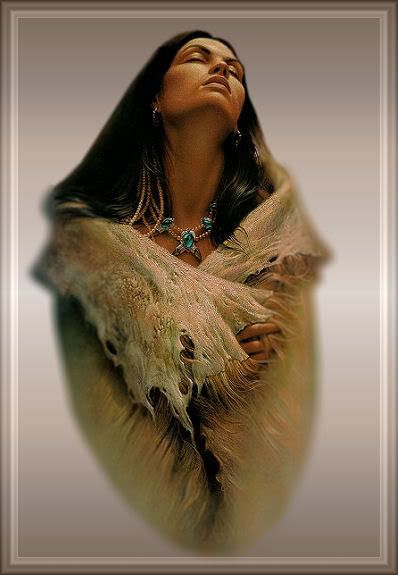
Ken Griffin, diehard manager of Citadel Investment Group, one of the largest and most successful Chicago hedge funds in the world. Before the crash, Griffin could afford small indulgences like buying an $80 million Jasper Johns painting or getting married at the Palace of Versailles.
Cliff Asness, sharp-tongued and explosive, founder of AQR Capital Management, a hedge fund that managed almost $40 billion at the time of the crash. On the eve of the disaster, the Asness fund had to complete the paperwork for an IPO.
Boaz Weinstein, eminent chess player, blackjack card counter and all-powerful derivatives trader at Deutsche Bank, founder of the Saba fund (Hebrew for "wise grandfather"), the bank's internal hedge fund, which became one of the most influential under his leadership on the planet and now juggling $30 billion worth of positions.
Jim Simons, reclusive, highly secretive billionaire, manager of Renaissance Technologies, the most successful hedge fund in history.